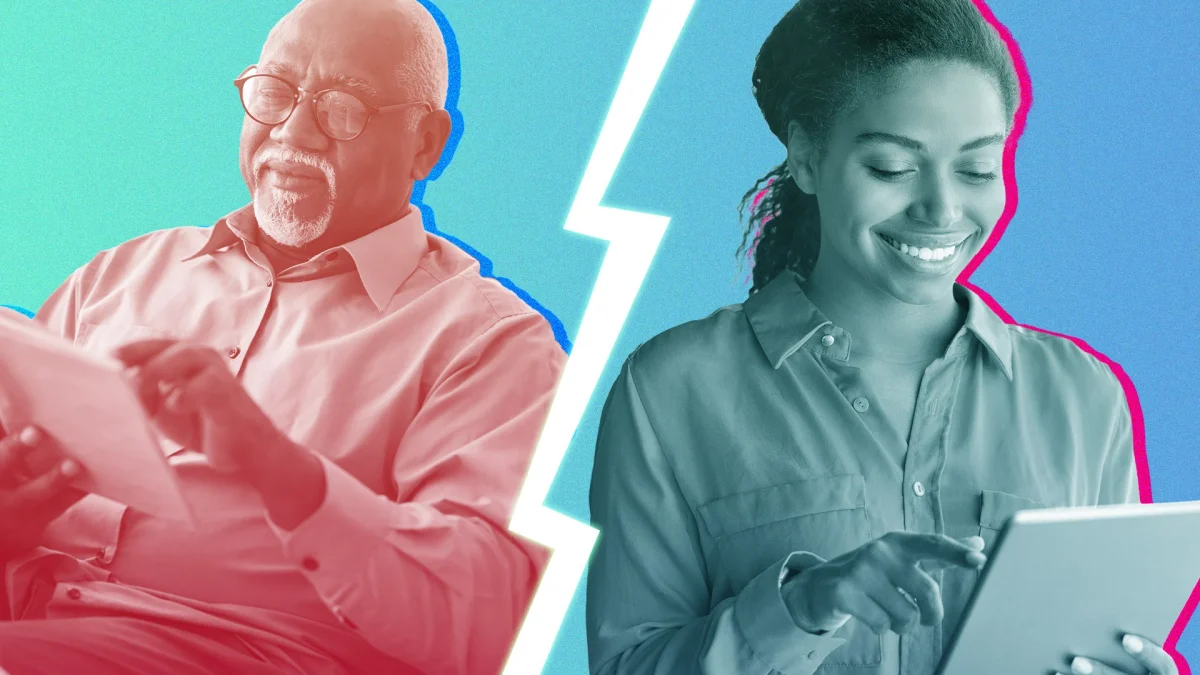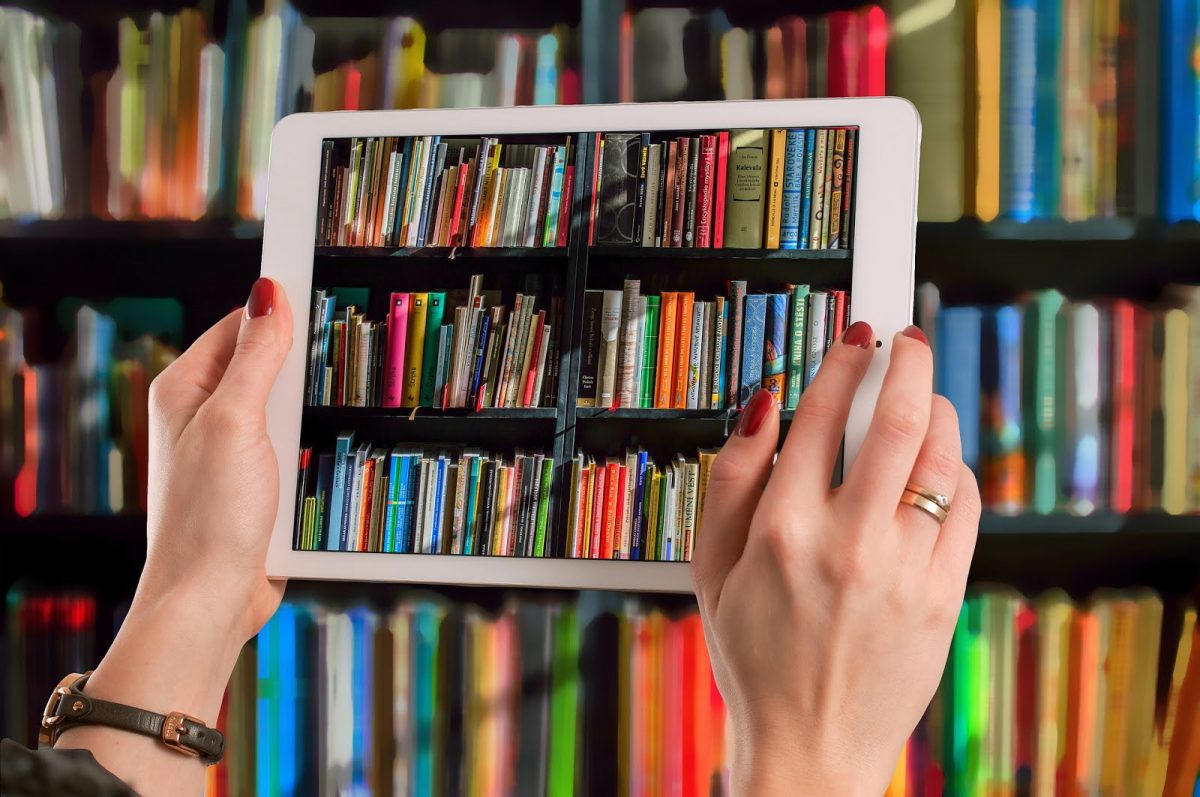Recently, I completed an internship at a major FMCG company, which gave me a firsthand look at how AI is being adopted in the corporate world. I have noticed that many students and young adults around me are increasingly turning to ChatGPT for a wide range of purposes, from seeking answers to simple questions to generating ideas for both their academic pursuits and personal live. This comfort with AI extends to the workplace, where I saw a significant gap in how different generations approach these new technologies.
During my internship, I was often tasked with developing marketing campaigns and innovations. For these projects, I found text-to-text and text-to-image AI tools very helpful for creating quick prototypes for my ideas. My fellow young colleagues and I used these tools intuitively, seeing them as natural extensions of our creativity and productivity. Instead of relying solely on traditional design software, we could generate effective visual concepts in a fraction of the time, saving both time and resources.
However, I soon realized that this was not the case across the board. Many of my older colleagues were either unfamiliar with these AI tools or hesitant to integrate them into their workflows. They often stuck to conventional design, potentially missing out on the efficiencies and innovative possibilities that AI technologies offer. This generational divide in AI adoption was eye-opening. While some departments in the company were already leveraging AI to some extent, I could see numerous areas where we could benefit more from generative AI, particularly in developing prototypes for marketing ideas. What struck me most was the lack of knowledge and, in some cases, willingness to engage with these tools among some of the older staff members.
This observation led me to think about ways we could better support our more experienced colleagues in embracing relevant AI tools in their workflow. I believe that almost every company would benefit from implementing AI training programs, tailored to their specific needs. These could leverage the expertise of younger employees to help bridge the knowledge gap. However, it is crucial to approach this training holistically, because while highlighting the benefits of AI tools, we must also discuss their limitations and potential drawbacks. In my opinion, bridging this AI adoption gap between generations is key to maximizing the potential of these technologies in the professional sphere.


